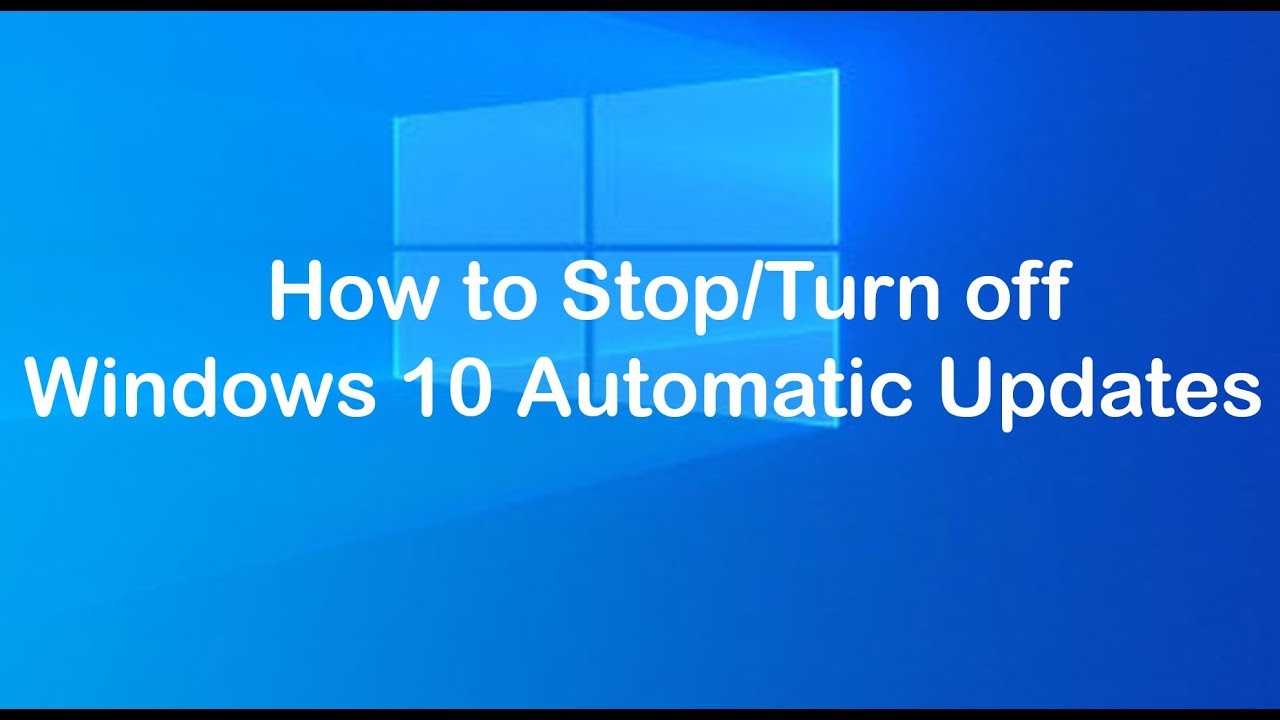Windows updates are essential for security and performance, but they can also be disruptive—causing restarts, driver conflicts, or application issues. Whether you’re managing a critical system, running legacy software, or simply want more control, there are several safe and reliable ways to block Windows updates.
I’ve personally used these methods across multiple Windows 10 and Windows 11 systems, especially when working with specialized tools or production machines that can’t afford unscheduled changes. This guide outlines how to disable or delay updates through different tools and settings, including built-in system utilities.
Why You Might Want to Block Windows Updates
- Avoid compatibility issues with drivers or software
- Prevent system restarts during important work
- Maintain a specific Windows version for stability
- Delay updates for testing in production environments
- Conserve data usage on metered networks
Blocking updates doesn’t mean ignoring them forever. It simply gives you manual control over when and how they’re applied.
Method 1: Pause Updates Temporarily via Settings
This is the easiest method available to all Windows users.
Steps:
- Press Windows + I to open Settings
- Go to Windows Update
- Click Pause updates for 1 week
- Repeat the click to pause up to 5 weeks
You can resume updates anytime by clicking Resume updates.
This method is useful for short-term delays, such as during travel or project deadlines.
Method 2: Set a Metered Connection
When you mark a network as metered, Windows will limit background downloads, including updates.
Steps:
- Open Settings > Network & internet
- Select Wi-Fi (or Ethernet if on a wired connection)
- Click on the connected network name
- Toggle Metered connection to On
I often use this trick on mobile hotspots or limited data plans. It effectively stops most updates unless manually triggered.
Method 3: Disable Windows Update Service
This stops the update engine entirely but must be used with caution. Windows may restart the service after major updates or reboots.
Steps:
- Press Windows + R, type services.msc, and hit Enter
- Scroll down and find Windows Update
- Right-click > Properties
- Set Startup type to Disabled
- Click Stop, then Apply > OK
To re-enable:
- Set the Startup type back to Manual or Automatic
Keep in mind: This disables all automatic update checks. Manually install updates as needed to maintain system security.
Method 4: Block Updates Using Group Policy Editor (Pro Editions)
Available on Windows 10/11 Pro, Enterprise, and Education. Not available in Home edition by default.
Steps:
- Press Windows + R, type gpedit.msc, and press Enter
- Navigate to:
Computer Configuration > Administrative Templates > Windows Components > Windows Update > Manage updates offered from Windows Update - Double-click Configure Automatic Updates
- Set it to Disabled (or Enabled and choose option 2 – Notify for download and install)
- Click Apply > OK
Optional:
- Configure policies to defer feature updates (e.g., delay new versions for 365 days)
- Block driver updates through Device Installation Restrictions in Group Policy
After applying, run:
bash
CopyEdit
gpupdate /force
This method gives long-term update control and is ideal for workstations and critical systems.
Method 5: Block Updates Using Registry Editor (All Editions)
This method works for Home and Pro users, but it requires caution.
Steps:
- Press Windows + R, type regedit, press Enter
- Navigate to:
HKEY_LOCAL_MACHINE\SOFTWARE\Policies\Microsoft\Windows\WindowsUpdate\AU
If the keys don’t exist, create them manually.
- Right-click the right pane > New > DWORD (32-bit) Value
- Name it: NoAutoUpdate
- Set the value to: 1
- Close the editor and reboot
To reverse:
- Set NoAutoUpdate value to 0 or delete it entirely
This disables automatic updates but still allows manual updates from Settings > Windows Update.
Method 6: Use Windows Update Blocker (Third-Party Tool)
For users who prefer a GUI-based tool, Windows Update Blocker is a free utility (download from trusted sources only). It lets you:
- Disable or enable Windows Update with one click
- Prevent Windows from re-enabling the service
I’ve tested this tool on multiple systems with good results, especially for users uncomfortable editing registry or group policy.
Method 7: Use Windows Update Show/Hide Tool (wushowhide.diagcab)
Microsoft’s own tool allows you to block or “hide” specific updates.
Steps:
- Download wushowhide.diagcab from Microsoft’s official site
- Run the tool
- Click Next > Hide updates
- Select the update(s) you want to block
- Finish the wizard
It’s especially useful for avoiding problematic driver updates or feature upgrades.
Additional Tips to Control Updates
- Use Feature update deferral settings to delay Windows version upgrades
- Set Active hours in Settings to avoid restarts during working time
- Monitor update activity via Event Viewer or Windows Update logs
When Should You Re-enable Updates?
- After installing major software or drivers
- When Microsoft releases critical security patches
- Before switching to a newer Windows version
- If you rely on Microsoft Store or Defender updates
Always schedule a backup or system restore point before applying updates after a long block.
Conclusion
Blocking Windows updates gives you control over when and how your system changes. Whether you need short-term relief from restarts or long-term stability on production machines, there’s a method to suit every scenario.
From pausing updates temporarily to completely disabling them via Group Policy or services, the methods above have helped me manage dozens of systems without issues. Just remember: updates are still essential for security, so block wisely and always update manually when you’re ready.





